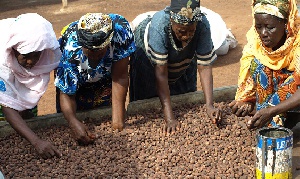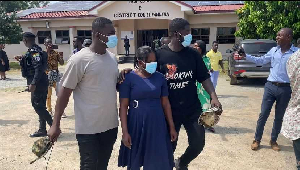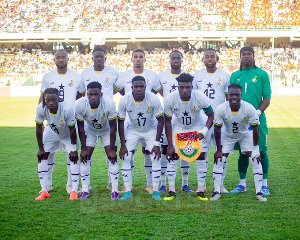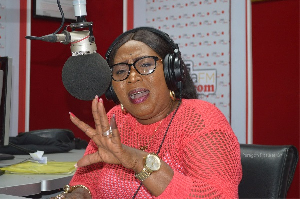Women who collect and sell shea-nuts at Tamaligu -- a farming community in the Savelugu-Nanton District of the Northern Region -- have returned to active business after it slowed down drastically for several years.
According to the farmers, the road they use to transport the nuts deteriorated and virtually becomes unmotorable during the rainy season, making their work difficult.
This particular stretch of road is a 4.5km feeder road that links the community to Kukuobila, another town in the district that is located off the Tamale-Bolgatanga highway.
Luckily for the women and the entire village, the Northern Rural Growth Programme (NRGP) intervened and awarded the road on contract for rehabilitation.
The NRGP is an eight-year agricultural project jointly funded by the International Fund for Agricultural Development (IFAD), African Development Bank (AfDB) and the Government of Ghana, and is being implemented by the Ministry of Food and Agriculture (MoFA).
Following completion of rehabilitation works on the feeder-road the women are happily back in business, and have begun transporting several bags of shea-nuts to market centres.
Mma Azara Issah, one of the shea-nut collectors, said because the road has been put in good shape, buyers now prefer bringing their trucks to the village to buy the nuts.
“So we do not even go to the market because they come here for the nuts,” she said, adding that it has made life easier for them and their families.
Mma Azara is the second wife of her husband and has seven children, the youngest of which is three. She said apart from the two older ones, the rest are in school and that she supports her husband in the upkeep of the home from the income she makes in her business.
Each year, she is able to gather about 80 bags of shea-nuts, which she buys from other women in the community who go into the bush to pick the nuts.
“Last year, we sold a bag of shea-nuts at between GH¢25 and GH¢40. Even though this is not so good, it is better than nothing,” she said.
In addition to the shea-nut business, Mma Azara also cultivates maize, groundnuts and soya beans on a three-acre land. “I use the maize and some of the soya beans and groundnuts to feed the family and sell the rest.” The leader of women in the community, Mma Lamisi Yakubu -- also known as the “magazia”, said the rehabilitation of the road has not only improved their shea-nut business but also improved their well-being.
“When the road was bad, travelling to Kukuobila was very difficult. Anytime somebody was sick, we had to put the person on a bicycle and push it through the muddy road to get to Kukuobila before we could get a car,” she lamented.
“Now, we use motorbikes without any difficulty; and when we need cars, they come into the village without hesitation,” she further stated.
Mma Lamisi commended the NRGP and the government for rehabilitating the road. She however entreated government to extend electricity to the community and thus enable them to establish a grinding mill.
“With a grinding mill, we can also process the shea-nuts into oil and butter,” she said.
The rehabilitation of feeder roads linking farming communities is part of the infrastructural component of the NRGP.
The other components are focused on strengthening commodity value-chains, providing matching grants to farmers for equipment purchase, and building the capacity of financial institutions to provide financial services to actors in the value-chains.
Business News of Friday, 7 February 2014
Source: B&FT

















